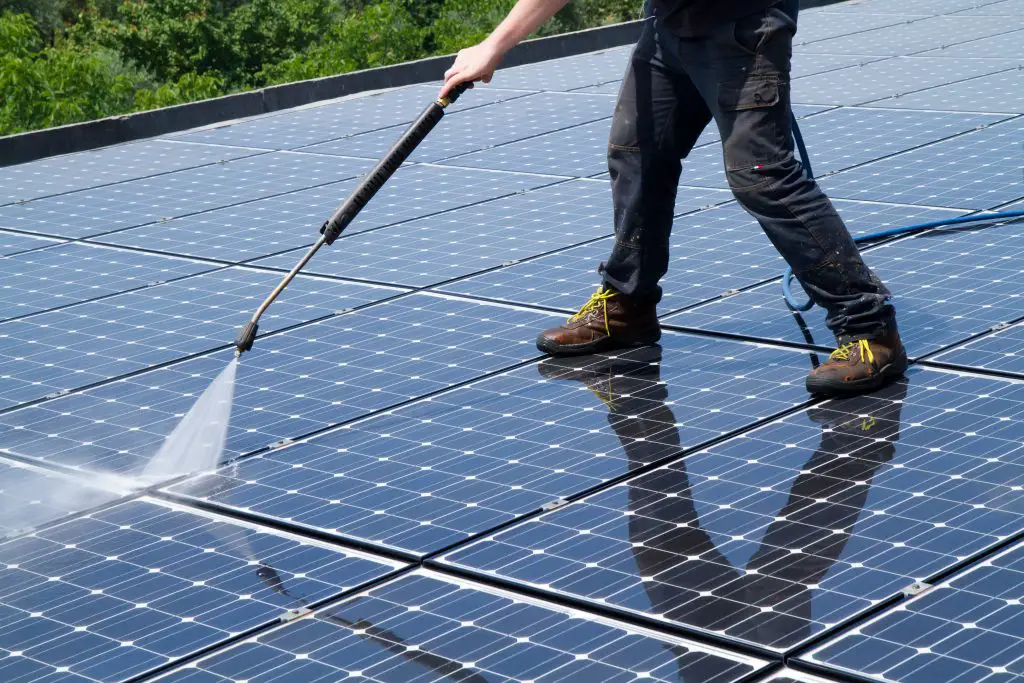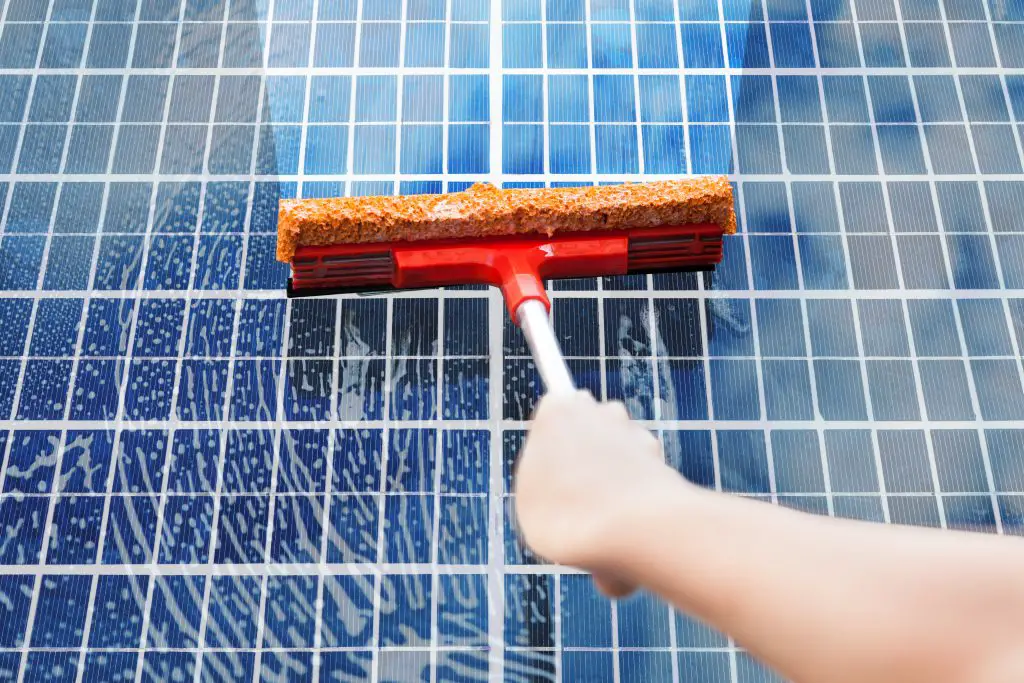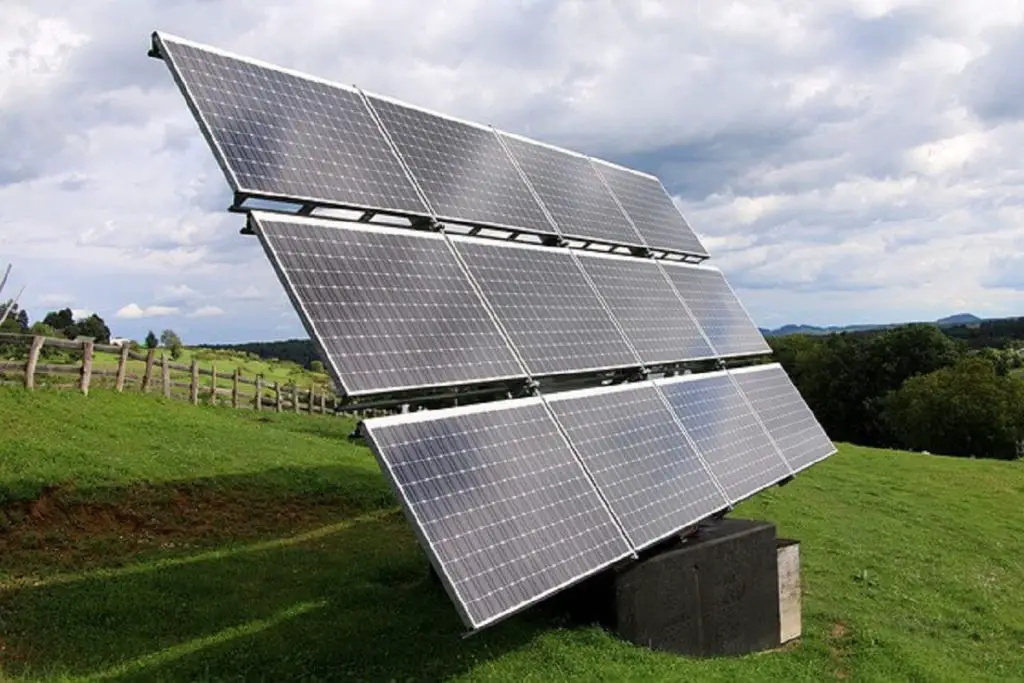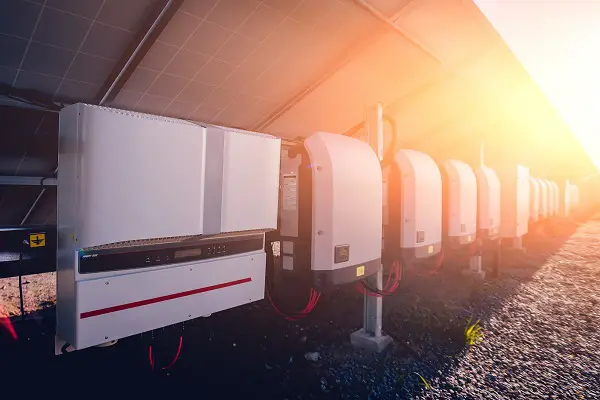The Best MaintenanceTips For Solar Panels You Should Know 2020
The Importance of Maintenance Practices
Following a successful installation of your solar panel is a long-term and dedicated maintenance practice to ensure that the system stays in good working order.
Think of your solar panel systems as factory workers – they work on shifts because of the bulkiness of their tasks and the need to regain their energy for the next task. But solar panels do not have the luxury of shifts.
After working for a certain length of time, they are bound to tire out. By following a simple maintenance routine to keep improve their efficiency as they age, there is a high probability that you won’t be changing your panels in a long time. (1)
But what is the maintenance practices involved in improving the efficiency of your solar panel?
Many homeowners find it difficult to stick to sustainable maintenance practices for their solar panels.
Solar panels are important investments and must be treated as such. Even though they are particularly durable, they deserve some care, protection, and attention.
Solar panels are capable of outliving its owner because of their extreme durability. Even the solar panels manufactured with the most outdated technology are performing very well to date. So, why not the new-age solar panels?
Several panels vary in the composition of their materials – anodized aluminum and tempered glass – and without moving parts except for the tracking arrays. Thus, they require minimal efforts in maintenance.
Solar panels, unlike generators with moving parts that are either subject to rust or breakdown, do not have moving parts that require frequent repair or replacement.
To ensure the peak efficiency of the solar panels, you may want to consider cleaning the panels within a spaced duration of 3 months.
Maintenance is the fuel that powers your solar panel to sustain its durability. In one sentence, a functioning, effective, efficient, and strong solar panel is a product of intensive maintenance practices.
Upon purchasing a solar panel, consumers always focus on obtaining clean energy while ignoring the need to care for their investment.
Cleaning the solar panels
An important part of maintaining your solar panel is cleaning. Your technician will suggest inspection as often as you leave your solar panel covered in dust.
Thus, cleaning removes bird dropping, grime, dirt, and further debris that could prevent solar penetration and absorption.

What you should worry about as a homeowner is how to protect your solar panel from severe weather conditions. Because of some harsh and extreme weather conditions, some solar panels lose their roofs or panels too early.
The installation of solar panels takes place in all weather and climatic conditions. By extension, people living in regions where there is a coastal weather system, heavy rain or severe winter should understand that the solar panels are manufactured to withstand the most severe climates.
Nonetheless, you should ensure that the panels are free from snow or any other debris. Debris has the ability to dim the performance of the panels.
Thus, you must get rid of such materials when they settle on the solar panels. A few ways to maximize the energy production of your solar panels include:
- For debris from the general buildup of dust, birds, and trees, you can use a leaf blower and a quick rinse with a hose works wonders as well. Light rain can also wash away buildup on the panel. A drawback of light rain is that it isn’t as efficient on flat panels as it is on other panel types.
- To remove heavy layers of snow, you may also use a leaf blower or a long pole that has a squeegee at either end. This is the easiest method of cleaning the panels. A standard garden hose is fast and effective in rinsing off dust. For solar panels that require deeper and intense cleaning, you may get a squeegee (soft and spongy) and dip in soapy water to clean the panels. Afterward, you may use the hose to rinse off the grimy soap.
A conventional method is to throw a softball to loosen the snow – if you don’t mind losing one ball. In other cases, you may spray the panels using lukewarm water.
A simple mechanism is the natural scattering of thin layers of snow without human interference. This process rids the panels of the snow but it doesn’t work on flat panels.
The ‘DON’TS’ of cleaning your solar panels include:
- Never spray hot water on cold panels
- No rock salt
- Always use car wax
- No use of RainX
Apart from the fact that these items may damage the solar panel, it can render the electrical elements and roof useless – hence, causing more harm and a need for replacement.
Monitoring Your Solar Panel
Another great method to ensure the peak performance of the solar panels is to use a monitoring system. With a solar panel monitoring system, you can determine the electrical output of your investment.
Also, you can estimate the total degradation of the solar panels by tracking its data. When there is damage or malfunction in the system, the solar panel monitoring system sends a notification to the user. What better way to salvage impending damage than this?
Keep a document that reflects the daily performance of the solar panels. If you can document the amount of energy that the solar panel produces, you can track the effectiveness of your solar panels.
Make sure you are consistent in your tracking as some days will be cloudy and generate a lower amount of energy. It is for this reason that solar panel monitoring systems are important.
Safety is utterly important when dealing with the solar panel system. The simple use of a hose from the ground can also ensure the cleanliness and maintenance of your panels. If in any case, you need to be close to the panels, extreme caution is important during climbing.
Wet or slippery surfaces are dangerous. Apart from the fact that it may result in a bad fall from the roof to the ground, wet surfaces are possible causes for electrocution from the electrical surfaces on the panel.
If you must use a ladder to reach the roof, ensure that it is sturdy and firm enough for use. But the most suitable recommendation is to consider the professional cleaners to get the job done.
There are a growing number of solar panel cleaners in the locale. Besides, their charges are considerate and affordable for the average homeowner.
Generally, the rainy days are the best times for a free and quick clean because the solar panels are producing less or no power at all.
Classification Of Maintenance Practices For The Solar Panels
Maintenance practices are varied – each one catering to the safety and protection of the solar panel. Therefore, these four maintenance tips are just as effective as regular cleaning procedures or even more.
- Check for shading
Energy production is dependent on the surface area of the solar panel that is exposed to sunlight.
Hence, the exposure of a lower surface area results in lower efficiency. With the passing of time, panels are mostly encircled or covered in shading by trees.
If you have a tree in the neighborhood, you may seek permission to trim the branches as often as possible. It is because the tree may eventually distribute itself over the row of the panel – and this is not great for efficiency.
To ensure that your solar panels convert the maximum amount of solar energy, you should trim the tree every six months to eight months.
-
Dirt removal
Dirt can stick to the solar panel surface and may require a longer removal time. Basically, grime reduces the generation of energy by as high as 10%. (2) Coupled with the squeegee, you should combine five drops of dishwashing liquid and two cups of white vinegar in about five liters of lukewarm water. This method ensures the non-contamination of stored rainwater.
-
Inspect the cabling
You don’t need to possess certification in electrical works to check out the cabling that connects the inverter and the panel.
All you need to determine is deterioration or rust in the length of the cable. Ensure you have a second person keeping watch if you decide to get on the roof. Meanwhile, the experts are always ready to attend to any wiring or cabling issues.
These ‘do-it-yourself’ maintenance practices are safe and effective. You do not have to bag a qualification to conduct a premium check to ensure the maximum production of energy by the solar panels.
General Maintenance And Cleaning Practices
Maintenance practices
- With the monitoring system, you can determine if you are getting good value for your investment. More so, you can keep up with your eco-friendly campaign by determining the amount of CO2 your device emits to the greenhouse.
- Automated cleaners are also effective in cleaning the solar panels if you are mostly busy doing the cleaning yourself. Some automated cleaners are similar to sprinkler systems that result in fast and effective cleaning. Moreover, you can create a good time to meet with professional cleaners in the niche industry.
- Solar power maintenance is seldom because of the lack of moving parts in the solar panels.
- Cleaning tips
- Solar panel cleaning kits are important solar panel cleaners. The kit contains a wiper, a biodegradable soap, and different sizes of brushes with sturdy handles. You may also use ordinary water and a soft brush to get rid of buildups.
- Mix a specific amount of soap with water according to the instructions on the bottle.
- Dip the most suitable size of the brush in the soap mixture.
- Wipe the solar panels in gentle strides.
- You can clean solar panels when they are either wet or moist. In such conditions, the dirt residue gets cleaned off easily.
- To avoid scratching the tempered glass material on the solar panel, you should avoid the use of abrasive soaps or sponges. Most times, biodegradable soaps and soft rags are the best choices.
- Solar panels are very difficult to replace or repair – you should avoid this situation at all costs. A good way to prevent replacement is to avoid the use of harsh cleaning materials.
- You should be able to remove dirt with a flexible garden hose.
- With your feet on the ground, use long-handled wipers to clean solar panels to ensure your safety.
- Use a harness or safety ropes for security and support while climbing slippery or wet surfaces.
- Prevent the buildup of dirt or grime on the solar panels because the panels are efficient when sunlight penetrates without hindrance.
- Ensure frequent inspection of the solar panel to ensure that there are no loose connections.
- An adequate solar maintenance practice ensures that the battery terminals are free from dirt and debris. Apply commercial sealants such as petroleum jelly to the battery terminals where there is rust or corrosion.
- Check for cracks in the solar cells and panels.
- If your solar panels must be in great condition, they must be devoid of wear or leaks. Thus, check that the seals are waterproof with a flexible silicone coating on the exterior.
Conclusion
Solar maintenance is not important, it is sacrosanct. Just like every other appliances and equipment in the home, the solar panels are susceptible to mishaps. Fortunately, they can last up to 25 years and more, depending on how much you care for them.
| No | symptom | Possible failure | Probable cause | Action |
| 1 | No charging
indication on the Charge controller |
Solar module | Shading | Remove the shades or change the
location of the module and ensure maximum sunlight to fall on the module |
| Dirt accumulation | Clear the particles on the module | |||
| Module cable
Module Charge controller |
Breakage | Replace cable
Replace module |
||
| Corrosion | ||||
| Dry solder | ||||
| Loose connection | ||||
| Broken module | ||||
| Electronic failure | Replace Charge controller | |||
| 2 | Output
voltage for less duration |
Solar module | Shading | Remove the shades or change the location of the module and ensure maximum sunlight to fall on the module. |
| Dirt accumulation | Clear the particles on the module | |||
| Improper installation | Place the module in such a way that direct sunlight falls on the module for more hours. |
If you find this post helpful please share it, so more people can learn more tips.



